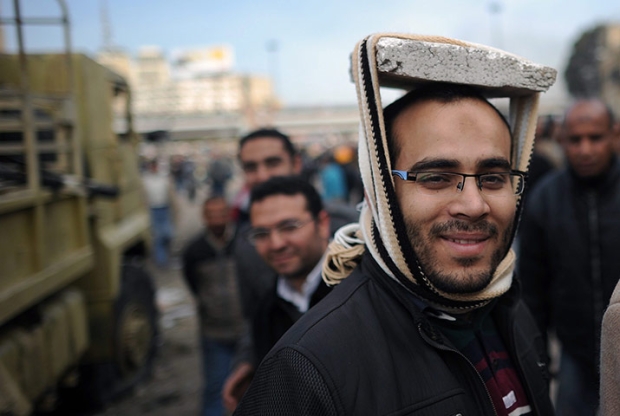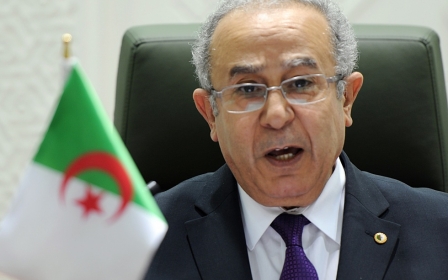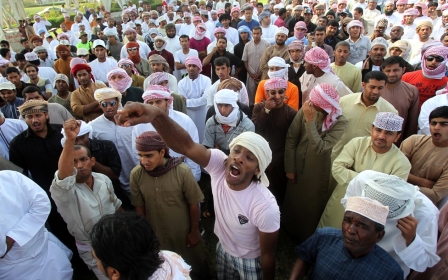What can #OccupyCentral learn from the Arab Spring?

For two consecutive nights, protesters have gathered in the heart of Hong Kong, Asia’s most prominent financial centre, to protest against measures proposed by China’s authorities that would limit who Hong Kongese can vote for in 2017 elections.
Seizing highways and squares the protesters have refused to budge despite police firing multiple rounds of teargas to try and disperse them.
Images of tens of thousands of people holding up cellphones on highways below Hong Kong’s skyscrapers, have been broadcast worldwide. In the Middle East, activists who, in 2011 launched their own protest movements, have responded with words of support and cautious advice for those defying the Beijing government.
The differences between the Arab Spring - a series of mass, often violent, revolts that swept through the Middle East in 2011 - and Occupy Central, a coordinated campaign of non-violent civil disobedience led by students and young professionals are stark.
Hong Kong, an autonomous province of China, has high rates of economic growth, a sound banking system, and an aging, prosperous, and largely well-educated middle-class, 65% of whom are on the internet. The Arab world has high rates of poverty and unemployment and overwhelmingly young populations.
Still, the tools and techniques of protest - the means of demonstrating – have much in common.
Both movements illustrate the subversive potential of everyday objects. The umbrellas used as shields against tears gas in Hong Kong has parallels with Egypt’s Tahrir square where protesters used bottles, buckets, and bits of foam to protect their heads from rocks hurled by regime supporters.
Last summer supporters of ousted Islamist president Mohamed Morsi in Cairo used cameras fitted on drones to prove how large their numbers were. Yesterday students in Hong Kong did the same.
In both cases governments tried to dampen the protests impact by censoring social media and trivialising their scale and significance. In China Weibo has been censored and Instagram was closed down (protestors get around this by use of bluetooth and wifi apps to spread messages in daisy chain.)
In Yemen in 2011 then President Ali Abdullah Saleh dismissed those rallying against him as a “small and unreasonable minority” likening the rising dissent to a virus sweeping through the region.
Mainstream newspapers in China similarly have described the demonstrators of Occupy Central as "radical opposition forces" and “a small minority of extremists who are not capable of mobilising the mass towards revolution.”
“Theirs is a very different fight from ours,” says Ahmed Nagy, an Egyptian activist from the Cairo suburb of Giza. “Over there they’ve state institutions, you need to change laws to help meet people’s needs. In the Middle East, you need to get rid of the regimes because there weren’t any real institutions to begin with.”
“They are much more organized and educated. I wouldn't worry about them too much.”
Others say that despite differences in economic development, the struggles are, at their core, similar. "They have economic growth, a share in wealth, and public services, we don't," says Baraa Shibam, a Yemeni human rights activist who visited Hong Kong in 2012.
“But having a good economy should not be an exchange for democracy, freedom and rights."
New MEE newsletter: Jerusalem Dispatch
Sign up to get the latest insights and analysis on Israel-Palestine, alongside Turkey Unpacked and other MEE newsletters
Middle East Eye delivers independent and unrivalled coverage and analysis of the Middle East, North Africa and beyond. To learn more about republishing this content and the associated fees, please fill out this form. More about MEE can be found here.





